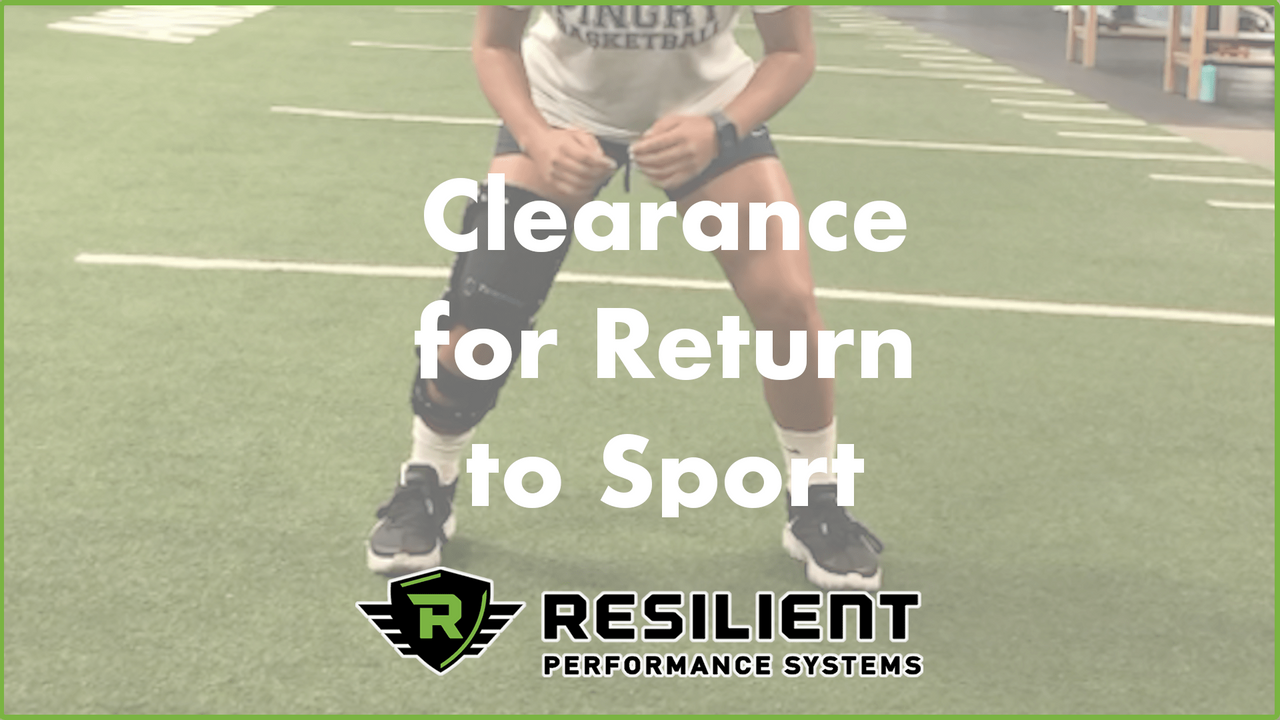
Clearance for Return to Sport
The decision to clear an athlete to return to their sport is not always an easy one. When an athlete is coming off of an injury the decision should be based upon both objective and subjective factors.
Objective output tests like a 3 hop test or counter movement jump on a force plate provide data on asymmetry and force output which are helpful in determining readiness of the formerly injured limb compared to the unaffected limb. This information is extremely helpful but doesn’t tell the whole story about an athlete’s current state. These tests lack the intensity and complexity of the sporting situations athletes will encounter when they get back on the field/court.
Sports are inherently chaotic. Athletes must produce large amounts of force in short periods of time from difficult joint positions to attack or create space based upon information coming from the environment (the game situation, the play being run, current priority/task, opponents’ movements, etc).
The stress and the level of force athletes face in sport cannot be fully replicated during the rehab or training process. However, we can be in the same ballpark by progressing athletes to the level where they can perform simple 1-on-1 games (and tier 3 agility drills) competently and safely. While 1-on-1 games do not offer the same complexity and intensity as full games, they offer much more complexity and intensity than performing closed loop change of direction drills where the athlete can modulate their intensity and speed once they pre-plan how they’ll execute the drill. 1-on-1 games require different movement patterns and skills to be performed at high speeds in a reactive, chaotic, competitive, and task driven environment that is more similar to their sport than change of direction drills.
By putting athletes into 1-on-1 games during the return to sport testing process we can subjectively evaluate their movement strategies and quality. When we combine objective data along with subjective evaluation of how they move in a dynamic environment we get a better idea of whether or not they can be safe and effective when they return to the playing field. Performing 1-on-1 games is not possible in every rehab setting but should be a part of the testing process to clear an athlete to return to sport to ensure they are ready for the dynamic environment of their sport.
Learn more about how Resilient progresses athletes from performing the fundamental athletic movement patterns to playing 1-on-1 games safely in our new course, Return to Sport: Acceleration and Agility.
Opt-in here to get the early bird discount and first chance at the course along with other free content to your inbox.
Freebies and exclusive promos!
We won't share your info. Unsubscribe at any time.

